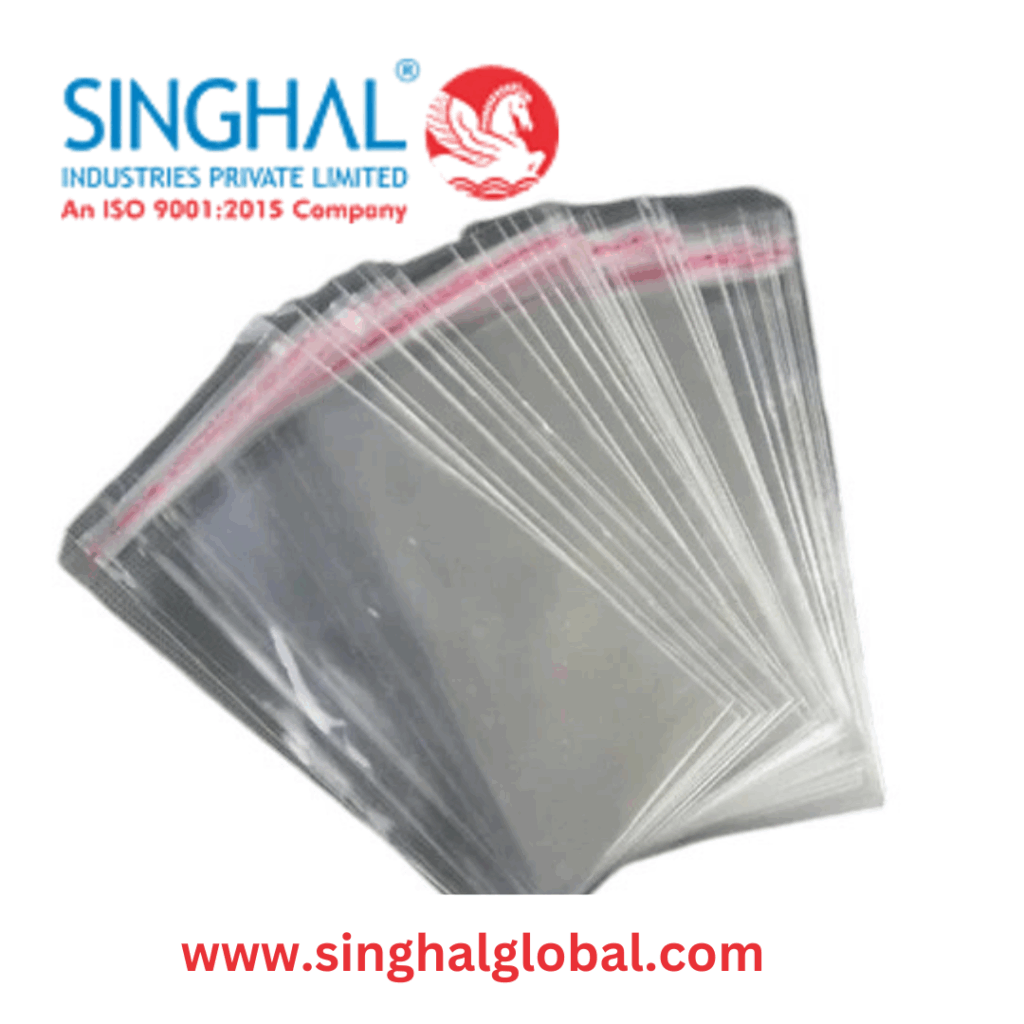Want more customers passing through your store or online shop? Of course, doesnt everyone? Well, you’ve come to the right place. Let’s get started on your Retail SEO journey. This content has been provided by the expert SEO agency at FullbeamSEO.
What is Retail SEO?
Its Search Engine Optimization for retail. Every time you hear about SEO, it’s to get your website ranked better on search engines, like Google. Better rankings will get you more visibility and will gain more traffic and potential sales!
Envision running a bakery. Next, imagine how wonderful it would be to be the first result when your customer is searching for “best chocolate cake near me.” That is the magic of SEO! It makes your products and services findable by those people who want to look for them.
Why Might a Retail Shop Need SEO?
Why bother doing SEO when I just have to run some ads? Ads work, but come on. Here are a few reasons why SEO matters to retail shops:
- It is free:Paid ads just keep paying and paying you to advertise. SEO keeps working long after you have optimized your site. After you rank high, you get free traffic without running costs.
- It builds credibility:In general, people trust search engines. If a customer is looking for your shop, they would then consider doing business with you if it’s on the top list of the search result.
- More Visibility:There is a chance of generating more traffic. More number of people who are interested in your products are likely to get attracted through good SEO.
- Good SEO can ensure that a better user experience is possible.That eventually becomes an enriching shopping experience on your website for customers.
How to Do Retail SEO: A Step-by-Step Guide
Now that we know what retail SEO is and why it matters, let’s get down to the specifics on how to do it. Here’s a step-by-step easy guide on how to make your shop go online:
1. Keyword Research: Start with the Right Words
Step 1: Find the right words. These are your keywords—those words that your customers use to find what they want. So, find them as follows:
- Be Your Customer:What would you search for in Google if you were looking for what you sell? Write down your thoughts.
- Tools:You have far more than enough free online tools providing suggestions of relevant search terms for your business using Google Keyword Planner or Ubersuggest.
- Test Long-Tail Keywords:These are longer phrases like “best running shoes for flat feet,” which have fewer competitors yet are much more specific to the products you will be selling.
Now that you’ve got your keywords in your pocket, it’s time to dot them all over the site. Here’s how to do this:
- Title Tags:Set your first keyword as your title for the page.
- Meta Descriptions:Use a summary for each page and include the keywords. The search engine will immediately know what your page is about.
- Headings and Subheadings:Infuse all your keywords in your headings H1, H2, H3 to break your content and make it more readable.
- Product Descriptions:Write unique descriptions about each product using your keyword organically. Do not use keyword overstuffing as this will get you on the radar for penalties from search engines.
2. Quality Content
Quality content is a great way of boosting your SEO. Here’s how:
- Blogging:Now it is time to blog about your product. For example, write posts answering the most common questions like “How to choose the best hiking shoes.” That will bring visitors to your website and boost credibility.
- Visual Content:Use pictures and videos in order to present your product. And do not forget to optimize them with alt text containing your keywords!
3. Mobile Friendly
Shop on their phones today. Make sure your website is mobile friendly:
- Responsive Design:Ensure that the looks and functionality of your website work great on all devices—from smartphones to tablets.
- Fast Loading Speed:Slow sites can grate on customer’s nerves. Therefore, ensure that pages load in minimal amounts of time so the visitor doesn’t lose interest.
4. SEO Goes Local
If you have your stores, then your local SEO ought to be right. This should therefore handle the running of the optimization for the local search.
- Google My Business:Claim and optimize your business listing on Google My Business. Add store address, hours of operation, and photos to attract customers to your store.
- Online Reviews:Inspire happy customers to review your business on Google and Yelp. Positive reviews increase the reputation and desirability of your store.
5. Backlinks
Backlinks are links into your site from other sites. The search engine looks upon this as an indicator that your content is credible. Here’s how you can get some backlinks:
- Guest Blogging:Write articles for influential blogs that are relevant to your niche and link back to your site.
- Partner with Influencers:Consider partnering with social media influencers in your niche. They will promote your products and create backlinks for you.
6. Track Your Performance
And finally, track how your SEO is performing. Use:
- Website Traffic:Know how many visitors are arriving at your site and which pages are popular.
- Conversion Rates:Has anyone bought something from your site after visiting your website? If they haven’t, then it’s time to alter that strategy.
Start Doing It Today!
Retail SEO is the new rule!
SEO is a continuous process—it is not a once-in-for-life activity, but goes on and on. So, keep learning, testing, and adjusting for the outcome.
Want to put your shop online? Okay, it’s about time to go ahead and make it take flight now! Let your business soar through leaps while it shines online with your store. Optimize away!









